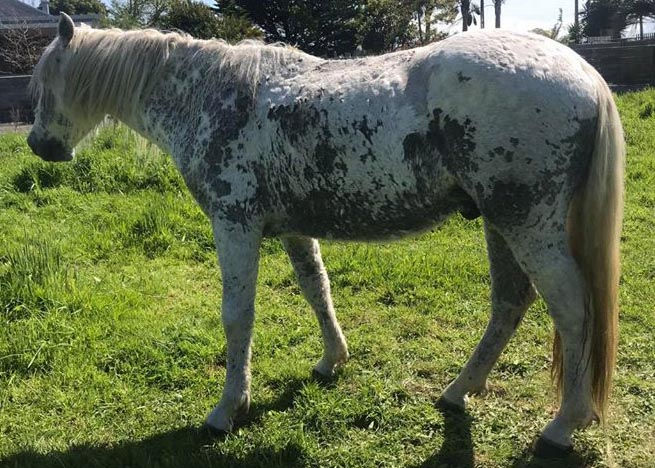Clarifying Head Flicking/Shaking
- Cathy Dee
- Jan 13, 2023
- 2 min read

Believe it or not, laminitis and headshaking have the SAME root cause. (as do the vast plethora of other troubles horse owners face (SIJ, PSSM, EMS, etc)
Different metabolic pathways are disturbed but ultimately these disorders stem from consumption of UNSUITABLE pasture/forage. Fertilised rye/clover pastures can rapidly cause both laminitis and head-shaking. Clover is nearly always a major factor.
Symptoms are further exacerbated by the addition of inappropriate hard feeds and supplements.
Head flicking is often first noticed under saddle, and if not addressed, worsens to the point where the horse is flicking when out in the field.
Triggers vs the Cause
It is important to differentiate between 'triggers' and the cause - Triggers are NOT the cause. Triggers can be any of the following...
Sunny breezy days
Overcast but 'glary' days
Rain
Wind
Exercise
Insects/moths flying up from the grass
Anything that gets their adrenalin up
*Nose nets can help the horse be more comfortable however these are a ‘band-aid’ and do not address the cause.
Ultimately, as with laminitis, head flicking is a MANAGEMENT issue, NOT a horse issue.
Common Myths
• It’s a trigeminal nerve issue – systemic disturbances to bio-chemistry AFFECT the trigeminal nerve but the trigeminal nerve is not the cause • It’s an ‘allergy’ to pine pollen – allergies are a sign of a disturbance to the horse’s metabolism, which we are addressing by adjusting the diet • It’s a Bit problem – absolutely check tack fit/comfort • It’s a dental issue (occasionally but rare) • It’s the herpes virus – Studies have ruled this out • It’s the moths flying up his nose • It’s a ‘contact’ issue • He’s being ‘resistant’ – there is no such thing as resistance just the desperate need for communication!
Signs that Head Flicking is Looming!
Becoming twitchy when groomed
Overly sensitive to flies
‘Aeroplane’ ears
Reacting to ‘moths’ or insects in the grass
Pointing their nose at the sky
Muzzle twitching
Pressing their head into you
Sensitive to light or glare (Photophobia)
Frequent rubbing of their nose on their leg
Slight ‘tic’ as if a bug has flown up their nose
Argy-bargy on the ground
Agitated while riding out *Head flicking is frequently accompanied by tight muscles, wanting to ‘travel hollow’, explosive trot to canter transitions and SIJ issues including bunny- hopping and disuniting at canter.
For what to do - Refer to 10 Steps to Reverse Head Flicking…




Comments